When the Hobby Was Young
The collector car hobby in the United States began back in the 1930s, when a small group of auto enthusiasts recognized that there might be historical value in preserving examples of the original “horseless carriages”. After World War Two, Baby Boomers fueled the hobby’s growth as they collected the cars of their youth. These hobbyists, interested in cars of the 1950s, ‘60s, and ‘70s, often began with rusty worn-out hulks needing complete overhauls. This in turn fed an expansion of restoration shops, aftermarket parts, and the tools and supplies to support it all. The goal of these restorations was to bring vehicles back to their exact “as built” condition. The process of buying and selling restored cars became its own business, as classic car dealers, auction houses, car clubs, and specialist magazines together waved the banner of “correctly (accurately) restored”.
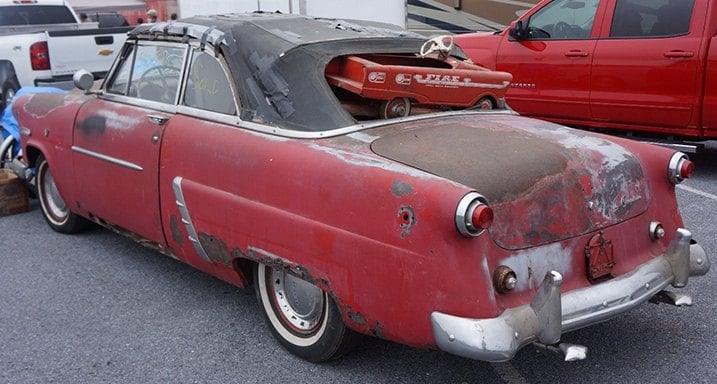
For years, documented transactions supported the notion that restorations closest to factory original brought the biggest bucks at sale time. Verbiage such as “matching numbers”, “#1 condition”, and “frame off” entered the hobby lexicon. Deviations from factory specifications, ranging from minor infractions like custom wheels, to major sins such as a changed paint color, were certain to cause some loss of potential value according to the hobby experts.
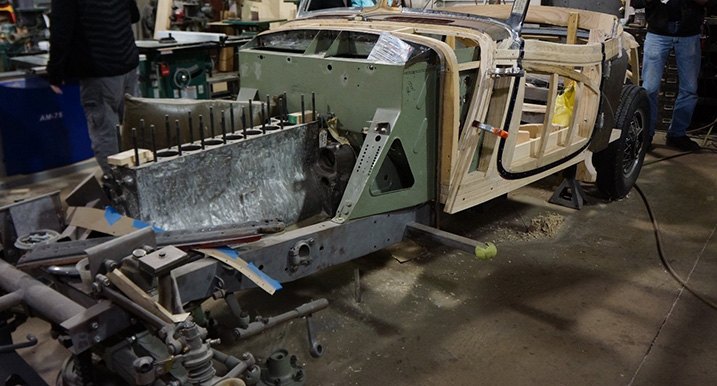
Enter the Next Generation of Collectors
As younger generations grew up and entered the hobby, a change in direction is what they brought with them. Today’s young adults, those born in the 1980s and ‘90s who are now in their 30s and 40s, are entering a mature collector car market. They don’t have the same emotional pull for the classic cars from their parents’ (or grandparents’) time. Instead, these so-called “youngtimers” are drawn to the cars of their own youth, cars which have many modern features. For example, a modern collectible like a 1990s Toyota Supra will have a turbo engine, 6-speed transmission, 4-wheel disc brakes, power-operated leather seats, climate control, a high-end sound system, power windows, and Bluetooth connectivity. At the same time, as car enthusiasts, they may appreciate the styling of older cars, but are not willing to forego the modern comfort and convenience features they have grown accustomed to.
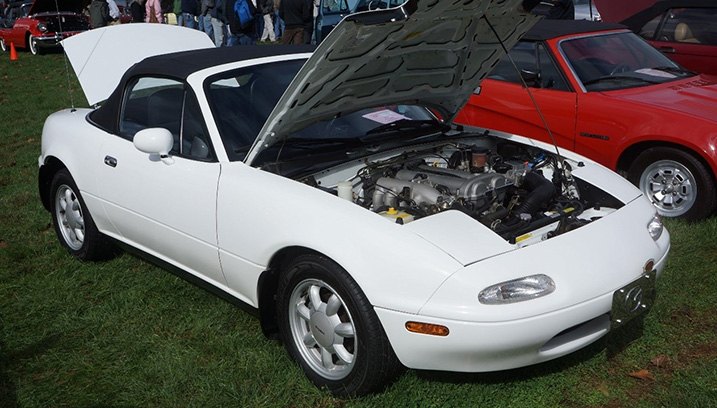
This collision of values between the Baby Boomers and the Youngtimers has given rise to a new term: “restomodding”. A portmanteau of “restoring” and “modifying”, its meaning is exactly as it sounds: restore the car to refresh its worn elements, but modify it to incorporate modern elements. Restomodding is seen as sacrilegious to hobby veterans who decry the “destruction” of their classics. They further claim that such butchery diminishes the car’s value. Youngtimers, who view cars built before they were born as blank canvases, don’t care what the oldsters think; to them, they are getting the best of both worlds: classic styling with modern driving characteristics.
How Has Restomodding Affected Collector Car Values?
There is nothing new about customizing cars with unique and one-of-a-kind features; it has been part of the scene since the hobby started. In fact, the “hot rod” phase of the hobby was born alongside the post-war collecting surge, and grew parallel to it. At that time, young adults were taking “worthless” ’32 Ford coupes and tossing the fenders, lowering the bodies, chopping the roofs, and dropping in blown Hemi engines. No one was concerned with perceived value; the only hot rods which retained value were created by well-known customizers such as George Barris. Today, we see plenty of examples which support a seismic shift: in many cases, values of restomods exceed the values of well-restored original cars. This comes as a shock to Boomers, but the Youngtimers who are stepping up to buy them are proof that they can put their own stamp on the hobby.
Let's look at some recent examples of vehicles which sold in 2022, comparing restored-to-new versions with restomodded versions, starting with the iconic 1963 Chevrolet Corvette. When the 2nd generation Corvette was introduced that year, a fixed-roof coupe was available alongside the convertible. The coupe had a two-piece rear window, a one-year only feature dropped in '64. This "split window" model has long been a collector's dream, reflected in sale prices far exceeding its non-split-window brethren. A 1963 split-window coupe, brought back to showroom condition, netted $124,000 earlier this year on the popular auction website Bring A Trailer (BaT). Two months later, a highly-modified '63, on a custom chassis, with a modern engine and transmission, climate control, and an interior full of the latest gizmos, sold on the same website for $320,000, or 2.5 times as much as the original car.
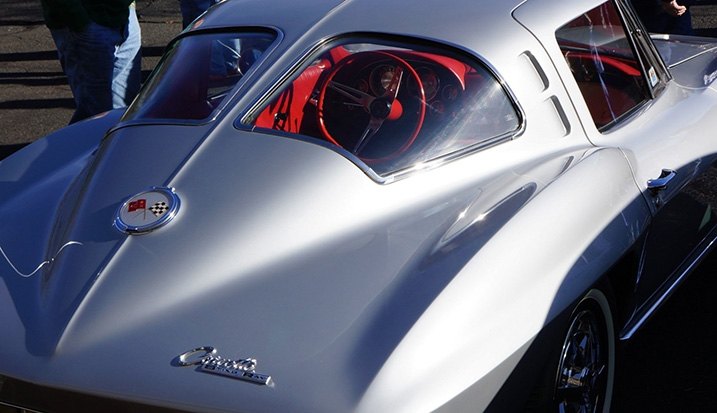

Another '60s icon is the first-generation Ford Mustang. Introduced in April of 1964 and sold through 1966, the initial cars were hardtops and convertibles, with a fastback body style launched later in '64. The fastback has proved to be especially popular with collectors, and sale prices have reflected that. This gorgeous black-on-red '65 fastback, done to original specs, went to a new owner via BaT for a cool $50,000. That's a good amount for an early Mustang, as many coupes and convertibles sell for less than that. Yet a month prior on BaT, a highly-customized '65 fastback, with a big-block 427, 6-speed transmission, and loaded up like a brand-new 2022 model, fetched $225,000. One could have bought 4 of the $50,000 versions and still had 25 grand left over.

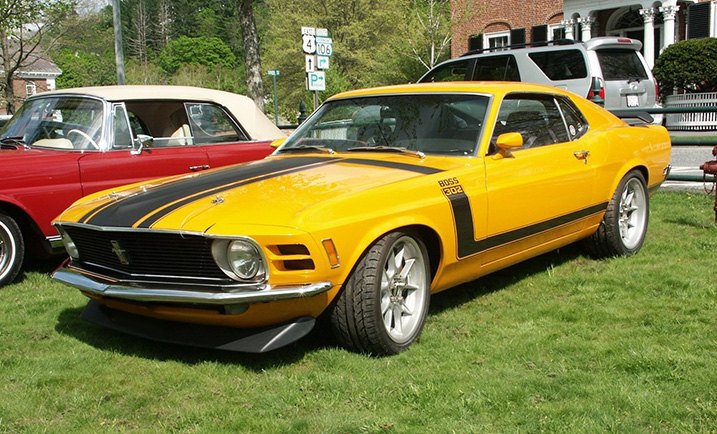
We will look at one more ‘60s icon, and turn to Germany for that one. The Porsche 911, introduced to replace the aging 356 model, had a six-cylinder engine, compared to a four-banger in the previous model. The 911 was an instant hit with the European sports car crowd, and a very modern version is available in Porsche new car showrooms today. All generations of 911s are collectible; in this case, let’s compare two 1973 models which sold this year on BaT. This first one, a “T” coupe, was refurbished and presented nicely, selling for $82,000. However, someone took another T coupe and modified it in the style of the high-performance (and more valuable) RS model. The mods included bodywork as well as mechanical upgrades, and it hammered at $255,000, pricier by a factor of 3.

Does this mean that anyone undertaking the restoration of a similar classic car should consider the option of restomodding it? Of course not; there still is a healthy market for cars restored to original condition. Thankfully, the hobby is broad enough to incorporate all these different channels. It comes down to a personal decision: what is the owner’s ultimate goal? If it’s to earn points at a judged show where every element of correctness is measured, then “as built when new” is the direction. If the intention is to inject 21st century comfort and performance into a 20th century chassis, then restomodding offers a means to that end. And there are lots of choices in between.
CARiD: Your Source For Parts For Any Restoration
Whichever path you choose, you'll need access to a good supply of mechanical parts, sheetmetal, and tools. Our extensive selection of repair parts includes everything from engine, brake, exhaust, and fuel system components, to electrical, transmission, suspension, and driveline parts. Are you dealing with a rust-riven restoration? Our Body Parts Department has you covered with ample quantities of hoods, fenders, doors, quarter panels, trunks, grilles, and glass. If you're building the ultimate restomod, check out our Performance Division for the latest and greatest in power-upping intake, fuel, ignition, and exhaust systems. It's here that you will also find performance brakes, steering, and suspension upgrades.
Whether you are just starting to fill a tool chest or are looking to expand into your 3rd combo box, we have what you're looking for. For your shopping convenience, our Tools Department is divided into tools by category: engine, ignition, brake, suspension, and so on. Don't forget the necessary shop equipment like floor jacks, jack stands, service carts, and creepers.
Your goal should be to have fun with your project! Restore it to original, restomod it, or pick something in between. Remember that it is your car to do with as you please. After all, as we like to say, "you are what you drive"!

